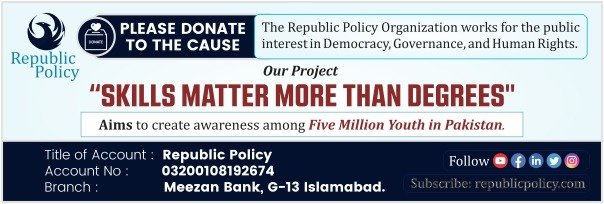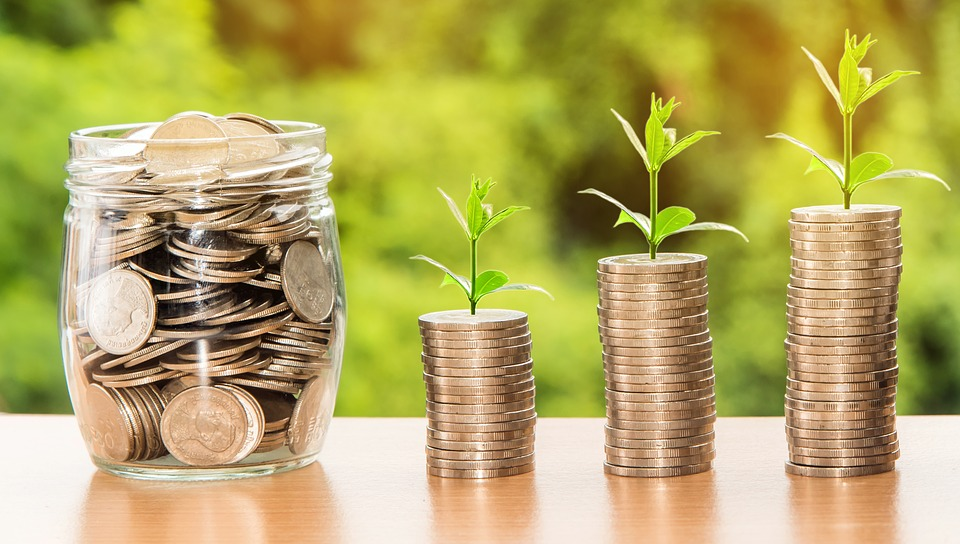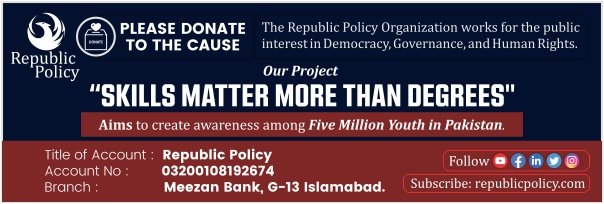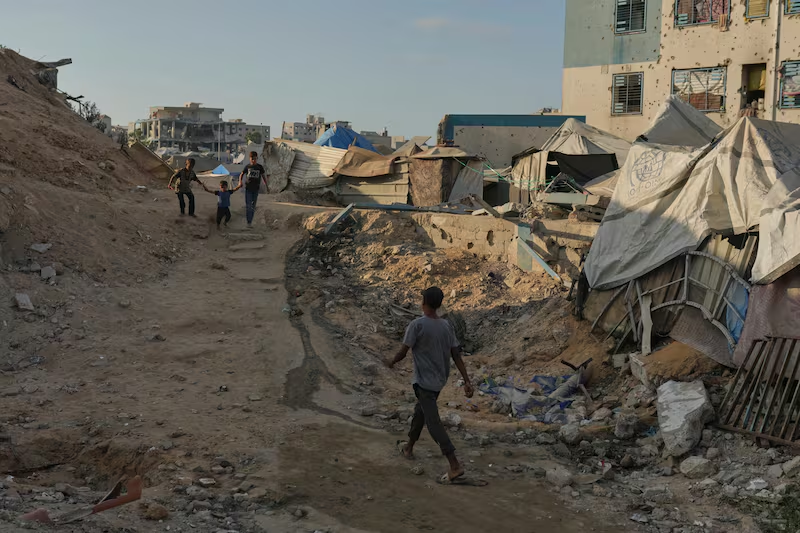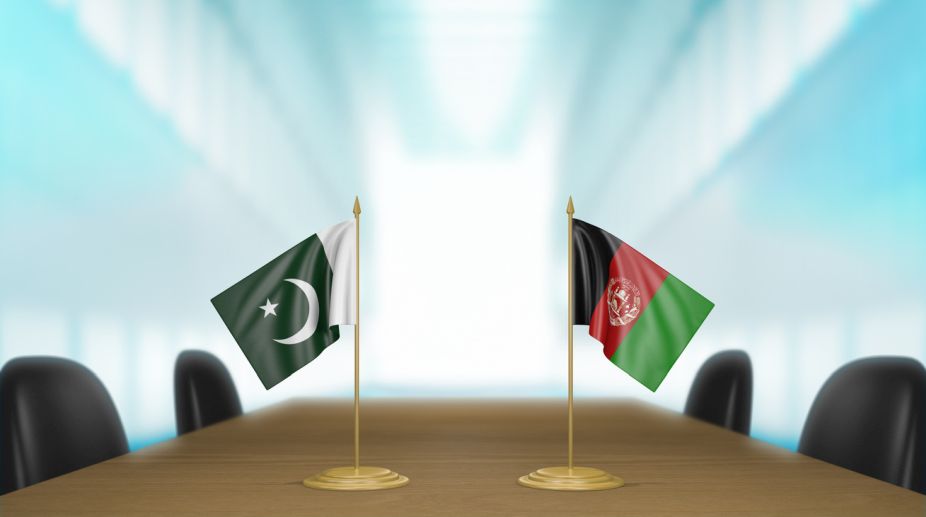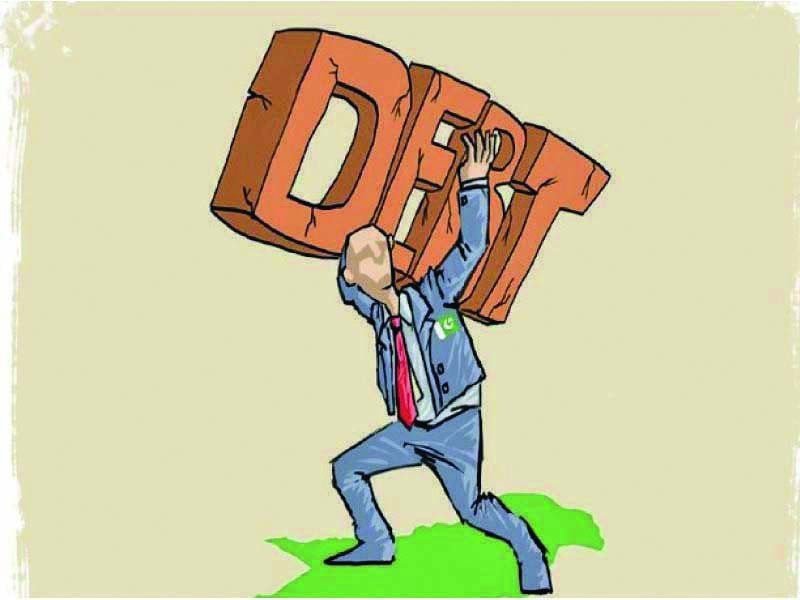Safia Ramzan
Climate change is no longer something that can be looked at as only an environmental issue. According to a new World Bank report, it is now becoming a major driver of global poverty. If countries around the world continue to emit greenhouse gases without significant efforts to reduce them, an additional 43 million people could fall into extreme poverty by 2050. In the worst-case scenario, this number could rise to 150 million if income inequality continues to grow.
What’s most alarming is that the poorest countries—those with the least resources to prepare and respond—are going to suffer the most. Sub-Saharan Africa will carry the biggest burden, but South Asia is also highly vulnerable. According to the report, climate change could push nearly 49 million people in South Asia into extreme poverty by 2030—10 million more than if climate change wasn’t a factor. By 2050, South Asia could have ended extreme poverty altogether, but under high-emissions conditions, 3.4 million people will still remain trapped in it.
Pakistan stands out as one of the countries at greatest risk. With a large population living in rural areas, weak systems of social protection, and high vulnerability to climate disasters like floods and heatwaves, Pakistan faces a serious challenge. Every summer brings new disasters. Just this year, heavy monsoon rains have already claimed lives, destroyed homes, and displaced entire communities. Another strong spell of rain is expected to begin on July 29, which once again shows that the climate crisis is not a future threat—it is happening right now. Pakistan is already struggling to lift its poorest citizens above the poverty line. Without urgent climate adaptation, the country could lose the progress it has made so far and slide further backward. The risks are growing, and the country’s development goals are at stake.
The World Bank report presents two future possibilities. The first is a scenario in which global economic growth continues rapidly, powered mostly by fossil fuels, with little effort made to reduce emissions. This is known as the SSP5 model. The second is even more troubling: it adds the full impact of climate change, including lower crop production, reduced labor productivity, and weaker economic growth. This scenario, known as SSP5-RCP8.5, paints a stark picture of how economic losses caused by climate damage can push more people below the poverty line. In short, even if the economy grows, the effects of climate change—such as droughts, floods, and declining productivity—can drag millions back into poverty. It becomes a trap: climate change causes poverty, and poverty makes people even more exposed to the next climate shock.
Another serious concern raised in the report is the impact of inequality. Even a small rise in income inequality can result in a sharp increase in poverty. This is especially worrying for Pakistan, where inequality is already deeply rooted. When wealth and resources are not shared fairly, it becomes even harder for the poor to recover from climate-related losses. In Pakistan, the wealthy may have access to air conditioning, flood-proof housing, and insurance, but the poor do not. They are the ones living in flood-prone areas, working in the open during heatwaves, and struggling with rising food prices when crops fail. Without proper systems to protect them, they remain constantly at risk.
Please, subscribe to the YouTube channel of republicpolicy.com
So, what can Pakistan do to prevent this crisis from deepening? The answer lies in urgent and smart development planning that focuses on climate resilience. This means taking serious steps to strengthen infrastructure, support drought-resistant agriculture, and expand social safety nets to protect the most vulnerable. Specifically, Pakistan must invest in climate-resilient infrastructure such as flood-proof roads, bridges, and homes; promote climate-smart agriculture by providing farmers with drought-resistant seeds, efficient irrigation tools, and access to modern techniques; and expand and reform social protection systems to ensure that the poorest families receive timely support during climate-related shocks. In addition, Pakistan should transition toward renewable energy sources like solar and wind, which not only help reduce emissions but also offer cleaner, more affordable alternatives to fossil fuels. Early warning systems and disaster preparedness must also be enhanced, so communities have time to respond before disasters strike. These steps, taken together, will not only reduce the damage caused by climate change but also help break the cycle of poverty that climate disasters often reinforce.
Pakistan and other vulnerable countries are standing at a crossroads. The decisions made today will shape the future for generations to come. If Pakistan fails to act now, it risks getting caught in a dangerous cycle: climate change will deepen poverty, and poverty will make the country even more exposed to climate shocks. The message from the World Bank is clear: climate action is not just about saving the environment. It is about saving lives, protecting the economy, and securing a just and sustainable future for all. The clock is ticking, and every delay increases the cost of inaction. Pakistan must wake up to the reality that climate change is already reshaping the lives of its people. It is no longer an issue for tomorrow—it is a challenge for today. The country must respond with urgency, commitment, and vision. Only then can it break the cycle of poverty and climate vulnerability and build a safer, more equal future.


